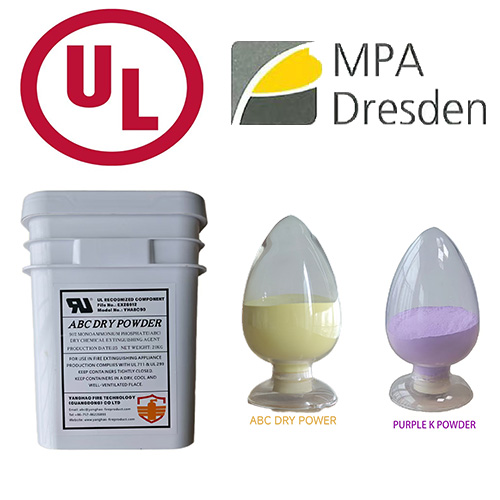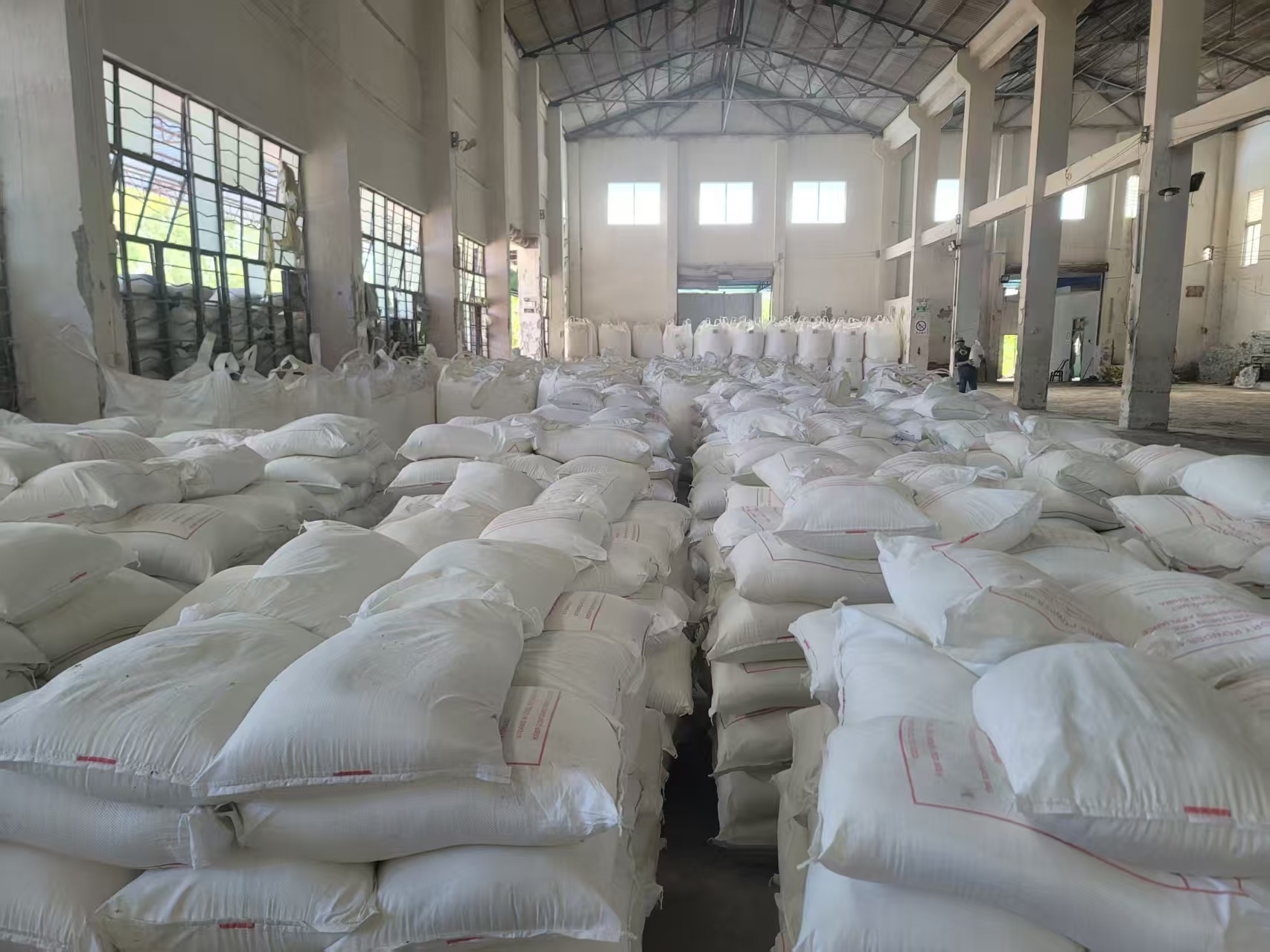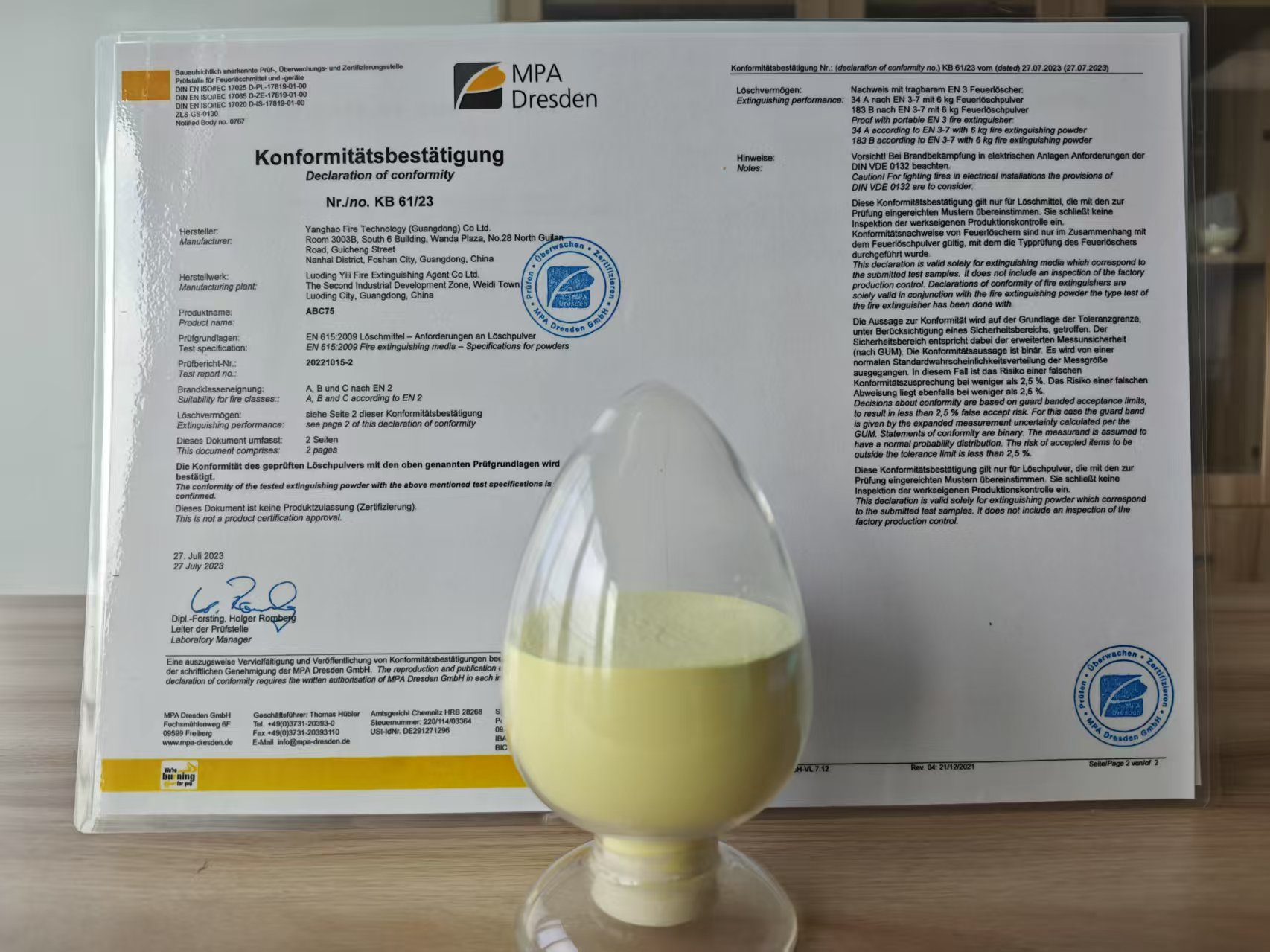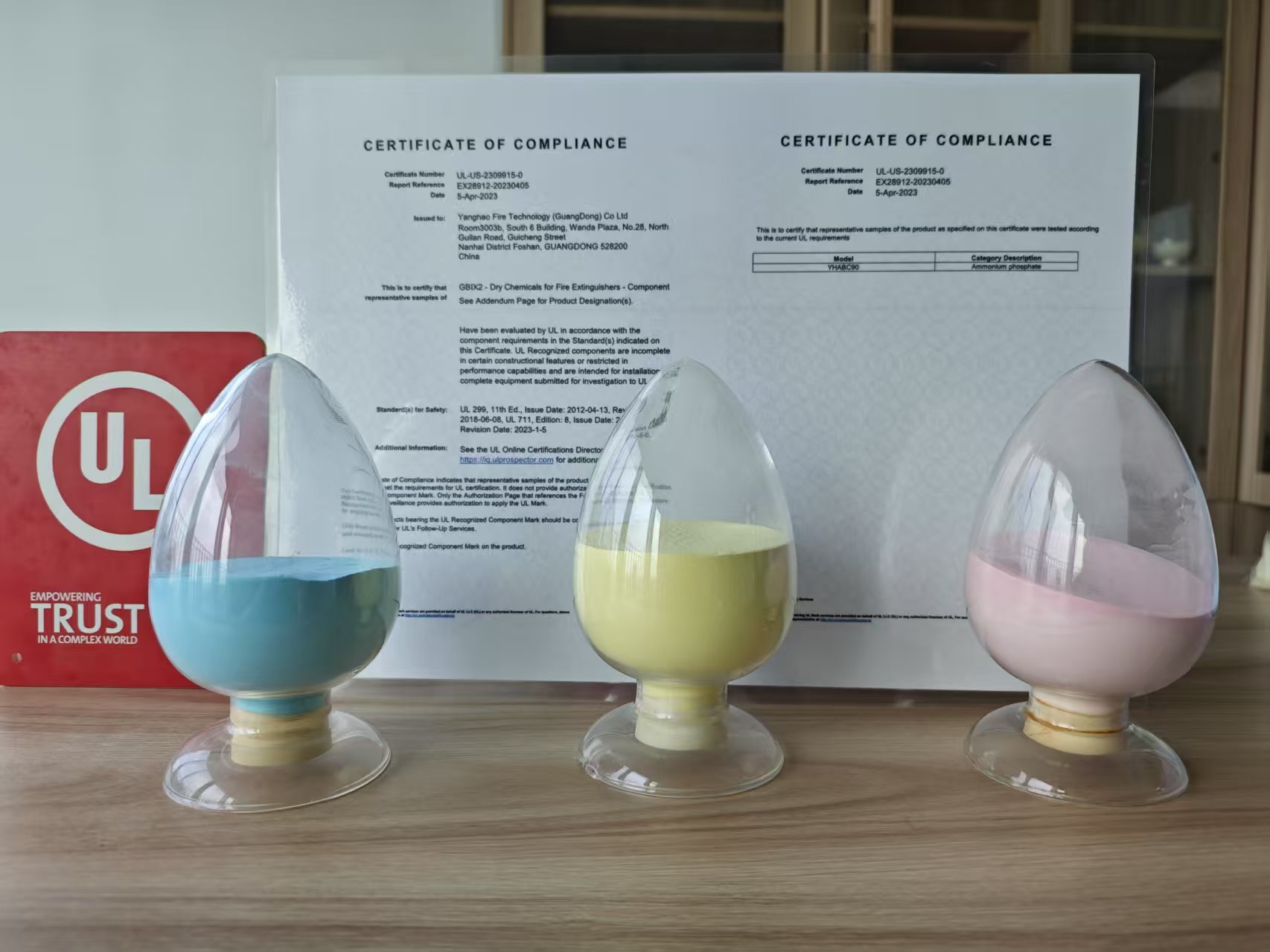Exposing Fake Fire Powders: A 5-Step Guide to Detecting Adulterated Dry Powder Fire Extinguishing Agents
1. Introduction: When Fire Safety Is Compromised by Fraud
In the world of fire protection, the dry powder fire extinguishing agent is considered a cornerstone. However, some unscrupulous manufacturers are undermining its integrity by substituting genuine active materials like ammonium phosphate with cheap fillers such as gypsum, which costs one-tenth of the price.
This blog will explore the alarming rise of fire extinguisher powder fraud, how gypsum is deceptively used, and why it endangers real fire safety. We also provide a 5-step content verification checklist to help international buyers and regulatory bodies detect fake powders effectively.
2. Understanding the Problem: Gypsum in Disguise
The most prevalent form of fire extinguisher powder fraud is the use of gypsum adulteration. On the surface, gypsum looks very similar to ABC dry powder fire extinguishing agents, but it has no extinguishing function.
Why It Happens
Gypsum costs less than 1/10th of real monoammonium phosphate (MAP).
Detection equipment is expensive, and buyers often rely on appearance alone.
Manufacturers may still label the product as ABC powder, deceiving both buyers and end-users.
Consequences of Fake Powder
Complete extinguishing failure during emergencies.
Corrosion and residue damage.
Severe risk to human life and property.
Breach of fire safety standards and regulations.
3. The 5-Step Guide to Detecting Fake Fire Extinguishing Powder
To combat fire extinguisher powder fraud, we recommend this practical 5-step content verification method that can be applied even at the import stage.
Step 1: Visual and Flow Test
Authentic dry powder fire extinguishing agents are free-flowing and smooth. Fake powders made with gypsum adulteration often cake easily or become sticky in humidity.
Step 2: Acid Reaction Test
ABC powder reacts with hydrochloric acid and produces no bubbles. In contrast, gypsum or other adulterated powders react vigorously, indicating fire extinguisher powder fraud.
Step 3: Burn Performance Simulation
Using small-scale ignition tests (with full safety measures), fake powders show no suppression effect. This reflects poor or zero fire safety protection.
Step 4: Density and Solubility Check
Pure dry powder fire extinguishing agent has a specific gravity between 0.85–0.95 g/cm³. Gypsum-adulterated powder will show much higher density and low water solubility.
Step 5: Lab-Grade Elemental Analysis
Using XRF or FTIR spectroscopy, one can measure phosphate content. If readings are far below standard, content verification has failed, indicating fraud.
4. The Cost of Compromise: 10x Material Price Gap
To understand the economic motivation:
Genuine MAP (Monoammonium Phosphate): ~$1,200/ton
Gypsum: ~$120/ton
This 10x price gap tempts low-end suppliers to create dry powder fire extinguishing agent products with little to no real fire suppression capability.
5. Global Standards and Buyer Awareness
Several countries have taken steps to enforce stricter content verification requirements:
USA (UL 299 / UL 711): ABC powders must pass burn-back tests.
EU (EN615): Requires full chemical and flow property verification.
Indonesia (SNI): Has adopted stringent random testing after fake powder scandals.
As global fire safety demands increase, buyers need to be proactive. Relying on COAs (Certificates of Analysis) alone is insufficient. A pre-shipment content verification protocol is vital.
6. What Buyers Can Do: Procurement Best Practices
Work only with certified dry powder fire extinguishing agent manufacturers.
Request random batch samples for third-party lab testing.
Ask suppliers to provide detailed elemental analysis results, not just fire rating claims.
Use import contracts that include fire extinguisher powder fraud penalty clauses.
Establish a recurring content verification system tied to national standards.
7. Conclusion: Fire Safety Depends on Integrity
When dry powder fire extinguishing agents are counterfeited with gypsum or other non-functional materials, the result is not just product fraud—it’s a lethal threat to life, property, and fire safety infrastructure.
Through systematic content verification and awareness of fire extinguisher powder fraud, international buyers can protect their customers and their reputation. The cost of real fire protection may be higher, but the cost of failure is immeasurable.





